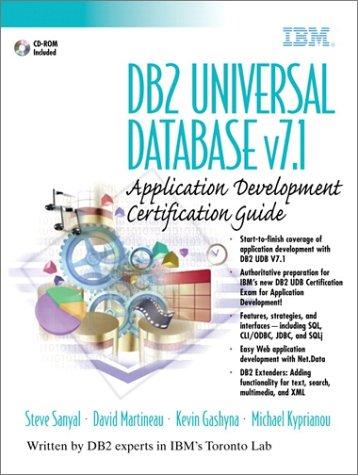Answered step by step
Verified Expert Solution
Question
1 Approved Answer
Consider the following algorithm that takes two sorted lists of integers ( A [ 1 ] , dots, A [ n ] ) and (
Consider the following algorithm that takes two sorted lists of
integers dots, and and tests whether there
are elements and so that
For example if the input is: and
the algorithm returns True
because
procedure CloseMatch A An ; B Bm :
;;
While and do:
Return True.
ELSEJjIJt
Induction step: For the case what are
the values and
Induction step: Show that the invariant holds for the
case You can use what you proved
and
Use the invariant prove that the algorithm correct.
not need prove the invariant here, just use
Give a time analysis for this algorithm order
terms and Explain your answer referring the
algorithm.IFA
ELSEJ
Return False.
This algorithm has the following loop invariant: Assume
there are and that
Then CloseMatch hasn't terminated, i and
Below, you'll give most the proof this loop invariant.
We've omitted one case the interest time.
Base case: What are the initial values the relevant
variables and why these satisfy the invariant?
State the induction hypothesis and goal the
induction step terms the values the variables
and before and after the iteration
Induction step: For the case show
that the invariant remains true explaining what
happens the next iteration.
Induction step: For the case show
that
Induction step: For the case what are
the values and
Induction step: Show that the invariant holds for the
case You can use what you proved
and
Use the invariant prove that the algorithm correct.
not need prove the invariant here, just use
Give a time analysis for this algorithm order
terms and Explain your answer referring the
algorithm.

Step by Step Solution
There are 3 Steps involved in it
Step: 1

Get Instant Access to Expert-Tailored Solutions
See step-by-step solutions with expert insights and AI powered tools for academic success
Step: 2

Step: 3

Ace Your Homework with AI
Get the answers you need in no time with our AI-driven, step-by-step assistance
Get Started


